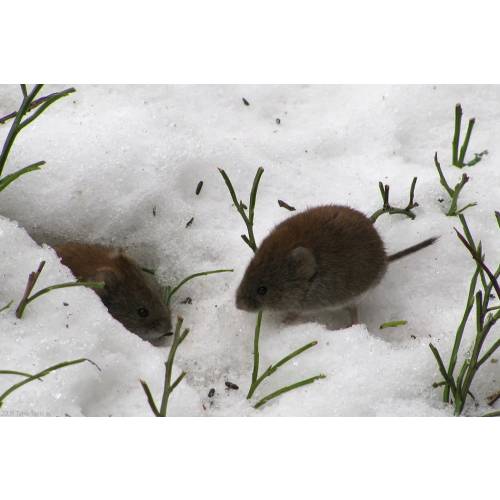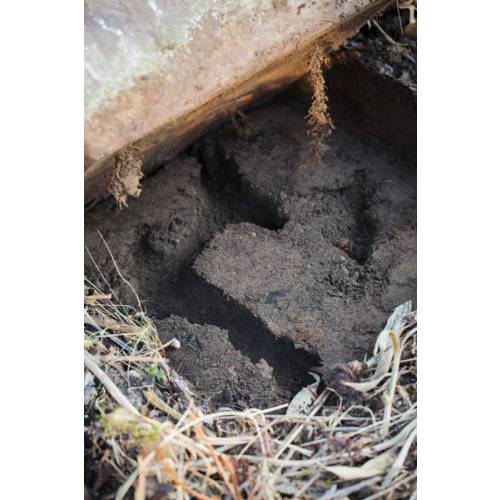
Plant Bugs
How to fight against common voles ?
- Details
-
This small, prolific rodent causes a lot of damage in gardens. There is no need to use violent solutions: knowing the vole well is sufficient to handle its presence without too much damage.
A row of carrots nibbled away by the roots, an apple tree eaten away at ground level? Do not accuse rabbits or mice. Do not think of moles either: they only feed on green matters. The culprit is a vole… it only feeds on plants. It is able to damage several crops, starting with tulips and all the plants which have tender bark or fleshy roots.
Discreet but prolific
The vole, Microtus arvalis, is a small rodent which lives in the ground and rarely ventures outside its hole. Do not mistake it with the mole rat (or four teeth) which only lives near water. The vole digs tunnels which resemble, from the distance at a mole tunnel. Several elements are different: the tunnels are not deep and often form small swath at the ground surface. The presence of the voles, unlike the moles is noticed by rare molehills (mound of earth). Above all, the tunnels of this rodent always start from a shelter: a stump, a large pot, a wall base, a large stone, etc.
Humidity, first shelter, premier refuge
The vole likes moist places which remain easy to dig in all seasons. It is more abundant in gardens of late especially because we have wetter seasons. The diminution of its natural predators, particularly birds of prey is also a cause of its proliferation, as are mild winters which allow its numbers to remain steady. Mulch, so beneficial to plants has as one major inconvenient: it encourages the presence of voles. Not only the mulch keeps the soil moist and loose even in summer, but more importantly it protects the voles from the view of its natural predators. The rodent under its comfortable mulch can eat away at plants without being bothered by anybody
Handle rather than fight
This rodent does not like being disturbed. When the soil is regularly moved it comes more rarely. It does not like bare soil as it finds itself at the mercy of its predators. Where mulch is not vital, keep the ground bare, especially in wet weather. In the vegetable patch, a small-meshed (less than 1cm sides) wire fencing is sufficient to stop it from eating away roots' vegetables. If you have too many voles, you can make them go away by burying a repellent in their tunnels. Unlike moles, it is not sensitive to vibrations and ultrasound producing equipment does not bother it. Incidentally, there is not a plant that makes it go away either. Nevertheless, it will never eat away at Daffodils which are toxic for voles: mixing sensitive bulbs like Tulips' bulbs with Daffodil bulbs is therefore a good way of protecting them.
The best weapon, nesting boxes
What will help your garden to be less damaged by voles is installing nesting boxes for birds of prey like owls. Encourage the presence of diurnal birds of prey in placing perches, 1.50m high in the most infested places. Finally, be patient: the number of voles varies according to 7 year's cycles. - Photos (4)




